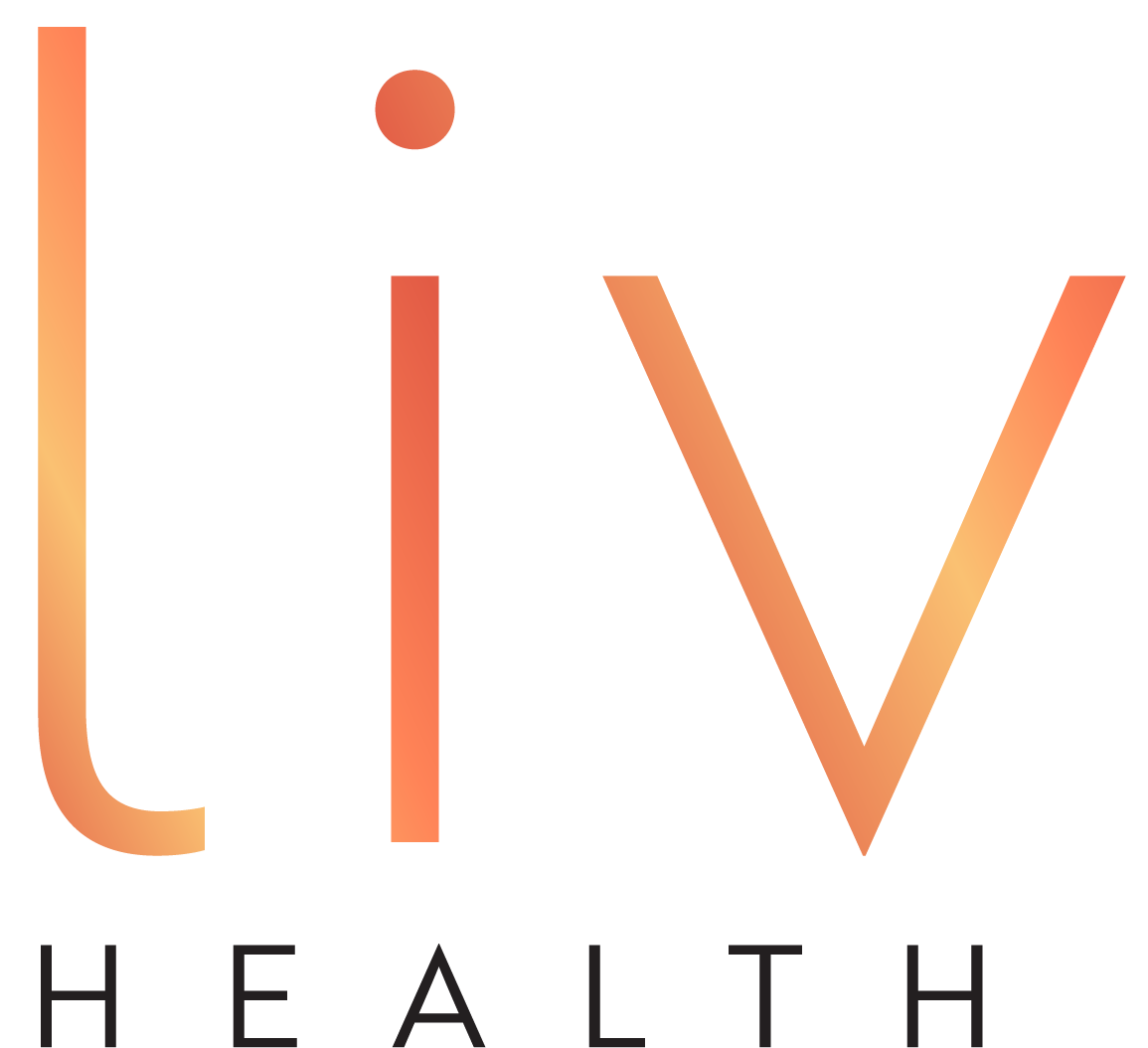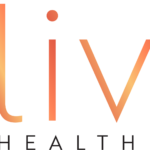This blog post digs deep into what could be one of the secrets to longevity: the NAD+ structure. Keep reading to find out more.
RELATED: How To Feel Better In 2020: 9 Resolutions And Tips For Aging Well
In this article:
- What Is NAD+?
- What Does It Mean for Cellular Energy?
- Is NAD a Vitamin B3?
- How Is NAD+ Structure Made?
- Why Does the Body Need NAD?
- At What Age Do NAD Levels Decline?
- How Do You Raise Your NAD+ Levels?
NAD+ Structure: What Is Its Role in Anti-Aging?
What Is NAD+?
LIV Health had touched on NAD+ structure and other information in a previous post. We’ll expound some of the essential points.
First, what is NAD+? The acronym stands for nicotinamide adenine dinucleotide with an added electron.
It is a coenzyme, which means your body needs it to produce enzymes. It also suggests it is a cofactor, which serves as a catalyst for enzyme production.
What are enzymes? Molecules that speed up chemical reactions
Now, some people may also confuse NAD (nicotinamide adenine dinucleotide) and NADH, so let’s clear this up. NAD is vital in the electron transport chain and oxidation-reduction (redox) reactions.
The electron transport chain refers to a series of transporters of electrons. What sets this process of transfer is the redox reaction, which is adding and subtracting of electrons.
To understand these processes better, here’s how it works:
- NAD goes through an oxidation process and becomes NAD+ as it gains an electron from a molecule.
- NAD+ then goes through the chain, picking up another electron in the process. It transforms into NADH, which carries extra hydrogen.
- NADH goes back to NAD+ once it drops one of the electrons to another molecule.
With this process, NAD+, with NADH, is also a substrate of oxidoreductase. It is an enzyme that stimulates electron transfer among molecules.
Note: NAD can become a phosphate known as NADP+ (nicotinamide adenine dinucleotide phosphate).
Through the same redox reaction, it becomes NAADP, a calcium messenger like cyclic ADP-ribose. When the body reduces NADP+, it becomes NADPH, which means it also has hydrogen.
What Does It Mean for Cellular Energy?
Oxidation can happen without oxygen, but this element has a significant role in cellular energy and cellular respiration. The latter is essential since it’s the stage where the cells convert nutrients to adenosine triphosphate (ATP).
ATP then serves as the fuel of your mitochondria. They then power up the cells so they can function.
The process of added and reduced electrons can also release energy. You can picture it as the combustion needed to get the car running until it reaches its destination.
NADH also works with another coenzyme called flavin adenine dinucleotide (FAD). It goes through a similar process of redox reactions and electron transport chain.
The key difference is that NADH can transfer electrons to molecules more effectively than FADH.
Is NAD a Vitamin B3?

Studying NAD+ to learn how it can help your health.
The answer is no, but it needs the vitamin so that the body can produce NAD. To produce NAD, you need precursors, of which the first three are from vitamin B3:
- Nicotinic acid or niacin (NA)
- Nicotinamide riboside (NR)
- Nicotinamide (Nam)
- Tryptophan, which is an amino acid
How Is NAD+ Structure Made?
To create an NAD+ structure, these precursors go through synthesis. Their biosynthetic pathway, though, significantly vary:
- Salvage pathway
- De Novo pathway
- Preiss-Handler pathway
The salvage pathway is a series of chemical reactions that use NAD precursors Nam and NR. The name derives from a key step of the process, which is recycling.
While both Nam and NR follow the same synthesis, NR may be more efficient since it goes through fewer steps. It can bypass a self-limiting mechanism that reduces NAD+ production.
After the production of NAD+, dependent enzymes will break it down and use whatever it needs. The leftovers then go back to the cycle.
The amino acid tryptophan forms the NAD+ structure through the De Novo pathway. It synthesizes simple molecules into complex ones.
In this case, tryptophan transforms into quinolinic acid, which connects to Preiss-Handler synthesis. It is the pathway that converts NA to NAD+.
RELATED: 7 Amazing Science-Backed Benefits Of Niacin (Vitamin B3)
Why Does the Body Need NAD?
The curiosity over NAD+ structure and other related topics is due to the desire to answer an all-important question: can NAD reverse aging?
LIV Health already talked about energy metabolism and senescence extensively. Longevity is also a central topic in this blog.
When it comes to NAD+, whether it can truly reverse aging is unclear. What the studies suggest is it may improve healthspan and, possibly, lifespan.
What is healthspan? It is a duration in which a person remains healthy and free of age-related diseases.
1. Liver Protection
A 2018 research shared that Nam seemed to protect the liver from inflammation and damage by improving glucose control.
The same study also cited a 2004 research where the same NAD+ precursor extended the ability of yeast to replicate by twofold. It also boosted NAD+ levels.
Another study published in 2015 showed that the production of NAD+ can oxidize fatty acids and help reduce the odds of non-alcoholic fatty liver disease (NAFD).
2. DNA Repair
One of the common reasons for senescence or biological aging is DNA damage brought by processes like oxidative stress. It’s when free radicals outnumber the antioxidants in the body.
These free radicals are unstable molecules. What they do is they try to steal what they lack on other cells, destroying them in the process.
A 2018 study in Clinical Cancer Research suggests that targeting a pathway that includes the NAD+ structure may help treat two types of cancer that affect the adrenal glands.
NAD+ works as a substrate to catalyze a substance that corrects or fixes breaks in the DNA. It may also help prevent metastasis or the spreading of cancer cells.
This 2018 study, meanwhile, linked NAD+ with treating neurodegenerative diseases such as Alzheimer’s disease. This is because oxidative damage in the brain tissues may lead to the hallmark symptoms of these conditions.
3. Circadian Rhythm
Circadian rhythm is the body’s internal clock that regulates not only sleep but also metabolic functions. It also has an association with sirtuin, a signaling protein for metabolic processes.
These three relate in this manner:
- Sirtuin relies on NAD+ to work.
- Your circadian rhythm controls when your cells produce NAD+.
- Disruption in any of these components can result in age-related diseases. These can include diabetes, obesity, heart disease, and some types of cancer.
4. Metabolic Syndrome
Metabolic syndrome is a cluster of conditions that may appear together or have influence over each other. They all affect or respond to abnormalities in metabolism.
NAD+ may help regulate or prevent these diseases through sirtuin. In a 2017 study, the protein:
- Prevents damage to the pancreas, the organ that produces insulin
- Improves signaling of insulin, which means cells become more receptive to glucose
- Helps stop the building up of adipose or fatty tissues
All these can also aid in minimizing the risks of obesity. In turn, you reduce the odds of cardiovascular disease, chronic kidney disease, and hypertension.
At What Age Do NAD Levels Decline?

Talking with a specialist to learn about how to boost NAD+
Scientists know two things about NAD+. Besides understanding the NAD+ structure, they learned that NAD levels decline with aging.
Take, for instance, this study among males. If you’ll look at the table, you’ll notice the differences in NAD levels between children and elderly:
- Infants up to one-year-old can have NAD levels of 8.54.
- By the time they reach their young-adult years, the levels drop to 2.74.
- When they reach middle age, NAD levels may be down to 1.08.
- People who are 71 years old and above may have 1.06 NAD levels.
Nobody knows the reason for the decline, but some studies try to provide one. These include a 2016 research that blamed it on CD38, a glycoprotein associated with immune activity:
- A study of different tissues revealed that aged ones tend to have higher levels of this protein.
- Meanwhile, research involving mice showed that those that lacked CD38 had higher levels of NAD+. They also achieved the same results when the mice received apigenin, which inhibits the function of CD38.
How Do You Raise Your NAD+ Levels?
The body strives to produce as much NAD and NAD+ as it needs. Over time, though, NAD+ levels can decrease.
It may then lead to a decline in energy metabolism and higher risks of diseases that accelerate aging. To keep yourself healthy and fatigue-free, you have to increase NAD+:
- Testing your vitamin B levels
- Consuming foods that are high in vitamin B3
- Supplementing your diet with LIV Health Renew, which combines Nam with resveratrol to produce NAD+
The NAD+ structure is so important that virtually all organisms produce it, including plants. From a human perspective, it is crucial in understanding and promoting longevity.
How do you encourage longevity from the inside out? Share your tips in the comments section below!
Up Next:
- Can Rapamycin Slow Down Aging? (YES! Here’s How)
- New Research Shows Resveratrol May Help Reverse Aging And Cancer
- Easy Self-Care Checklist To Nurture Your Body, Mind, And Soul
/
5
(
3
votes
)
The post NAD+ Structure | How Our Bodies Make This Important Coenzyme appeared first on Liv Health.


